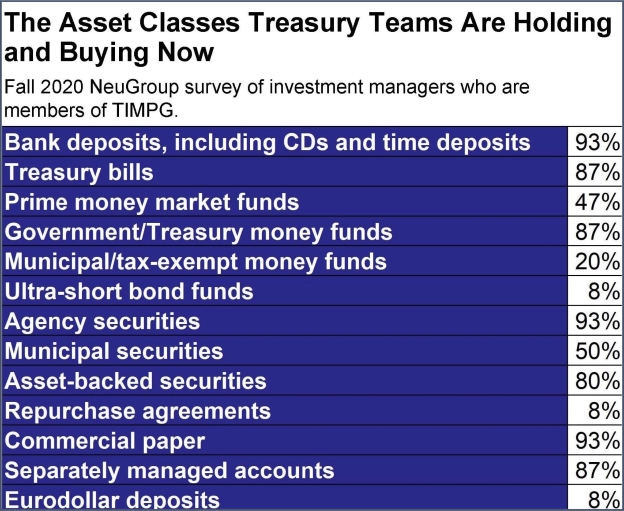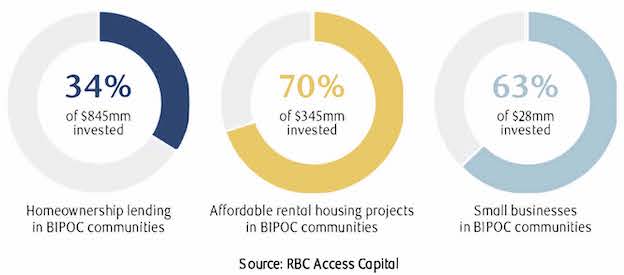
Volatility and uncertainty boost the importance of analysts with experience and perspective.
The pandemic has been a first-of-its-kind challenge for corporates, their banks and investors, each trying to make sense of extreme circumstances and forecast what it all might mean. Credit rating agencies face their own challenges and are taking different approaches to the crisis that, according to participants in a recent NeuGroup meeting for large-cap companies, reflect relative strengths and weaknesses.
- One member whose company had plenty of liquidity to weather the storm opined that Moody’s Investors Service had a “more mature attitude, looking through the crisis and not panicking,” while S&P Global was “crunching numbers and not treating this as a unique short-term situation.”
- That corresponded with what one portfolio manager said at a different NeuGroup meeting. He called Moody’s approach more measured, the agency more willing to give companies a “Covid mulligan.”
Volatility and uncertainty boost the importance of analysts with experience and perspective.
The pandemic has been a first-of-its-kind challenge for corporates, their banks and investors, each trying to make sense of extreme circumstances and forecast what it all might mean. Credit rating agencies face their own challenges and are taking different approaches to the crisis that, according to participants in a recent NeuGroup meeting for large-cap companies, reflect relative strengths and weaknesses.
- One member whose company had plenty of liquidity to weather the storm opined that Moody’s Investors Service had a “more mature attitude, looking through the crisis and not panicking,” while S&P Global was “crunching numbers and not treating this as a unique short-term situation.”
- That corresponded with what one portfolio manager said at a different NeuGroup meeting. He called Moody’s approach more measured, the agency more willing to give companies a “Covid mulligan.”
- Several peer group members said S&P tends to rotate lead analysts regularly, whereas senior analysts at Moody’s often had followed their companies for years, even decades.
People vs. methodologies. Much about credit analysis depends on the person behind it. A member’s company whose business includes two sectors struggled with an S&P analyst who only focused on one sector and maintained the same rating for a decade. When the analyst retired early, “It was a game changer for us,” the treasurer said.
- The Moody’s rating, however, was still a couple of notches lower, so the treasury team engaged with the rating agency, which ultimately replaced its analyst with someone who brought new perspective. The treasurer made a concerted effort over the next 18 months to educate the analyst, and the rating climbed to investment grade.
- The company was already investment grade with Fitch Ratings and S&P, so “by the time we got our second-notch movement, spreads tightened by a good 10 basis points, and with the last move we probably saw another 10,” he said.
- “It’s the analyst that matters; not the agency,” a peer added. “You need to get someone you click with and has a good understanding of your industry.”
Methodologies at crossroads. Indeed, the analyst’s understanding has become ever more important, according to a former ratings analyst now at a major bank. He told members that the rating agencies have struggled since the onset of the pandemic because debt is now dirt cheap, shareholder buybacks have grown in importance and business profiles are being disrupted.
- “A lot of the standard ratings methodologies simply don’t work that well anymore,” he said, adding that treasurers have likely seen ratings that differ significantly from what the methodology inputs would dictate.
- “It’s very perception-based at the moment, and a lot of it relies on how experienced the analyst is. So there are wide variations because the methodologies don’t work,” he said.
Time to negotiate. Change can provide leverage to negotiate. One member cited success negotiating fees with Moody’s but not S&P, although the latter agency indicated it may be open to negotiating the ratings fee on large offerings—probably in the range of $5 billion—if not the annual fee.
- “Moody’s was the other way around,” he added. “They’ve been willing to work with us on the annual fee.”





















